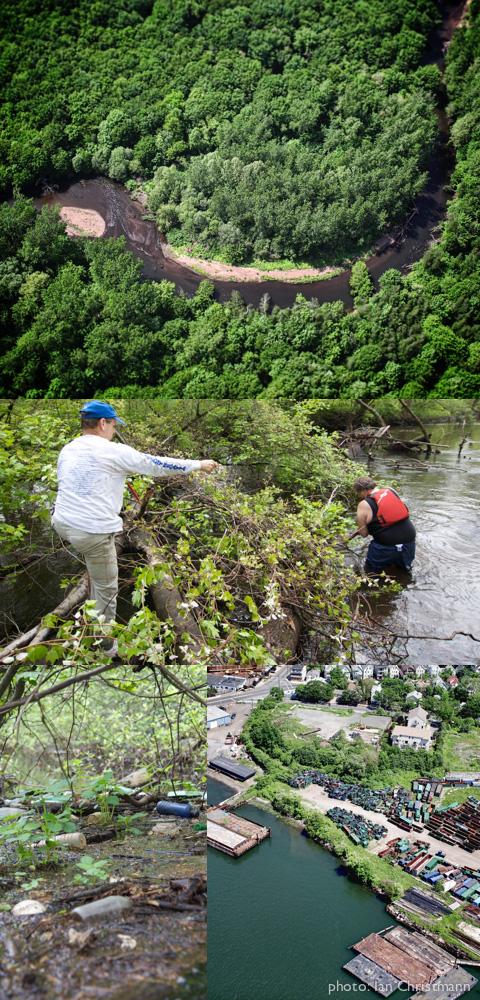What You Can Do

There are many measures that everyone can take to minimize the impact of pollution in in the watershed - from simple household actions, such as limiting sprinkler use, to low-cost landscape management alternatives, such as rain gardens and vegetated buffers.
Best Practices
Lawn care practices
- Aerate soil to promote water infiltration and deep root growth. It also helps keep down weeds
- Keep grass 3" tall. Shorter grass has weaker roots that allow more weed growth.
- Water no more than 1x a week, about 1". Frequent watering encourages shallow root growth.
- Leave grass clippings on lawn for a natural fertilizer
Sewage stewardship
- Compost instead of using the garbage disposal
- Conserve water
- Do not dispose of pharmaceuticals in the drain
- Use earth friendly cleaning products
Landscape design: control run off and improve drainage
- Reduce impervious surfaces. Use pervious or permeable surfaces on driveways and patios: porous concrete and asphalt, pavers with voids for vegetation (typically referred to as "grass pavers"), unit pavers that have voids for stone or sand, or even oyster shells
- Stabilize eroding slopes with vegetation
- Overseed or mulch bare soils to prevent erosion and reduce weed growth
- Reduce lawn area by creating more/larger planting beds